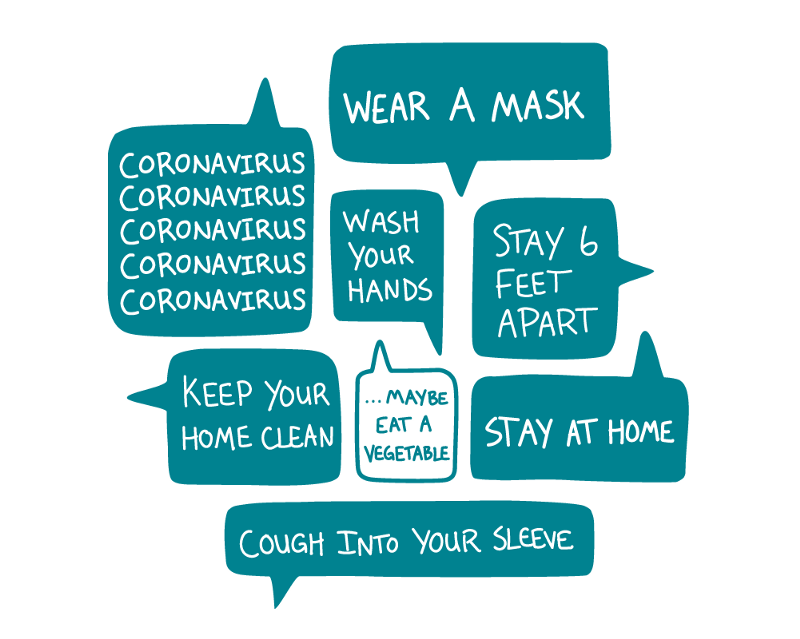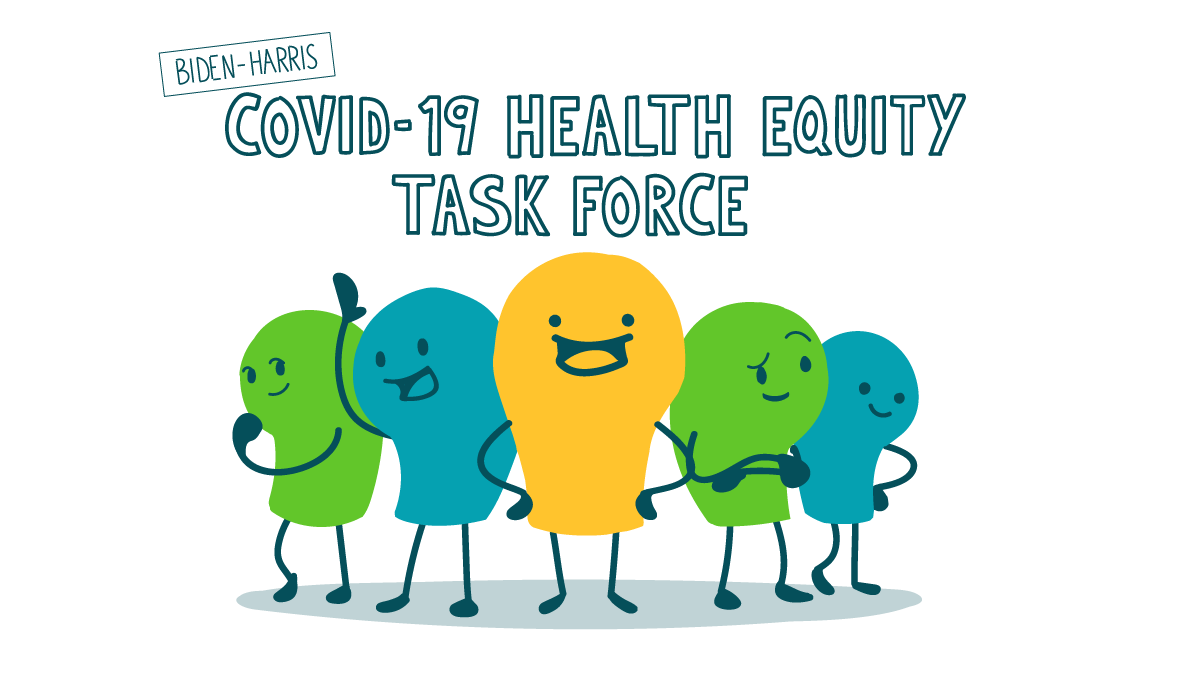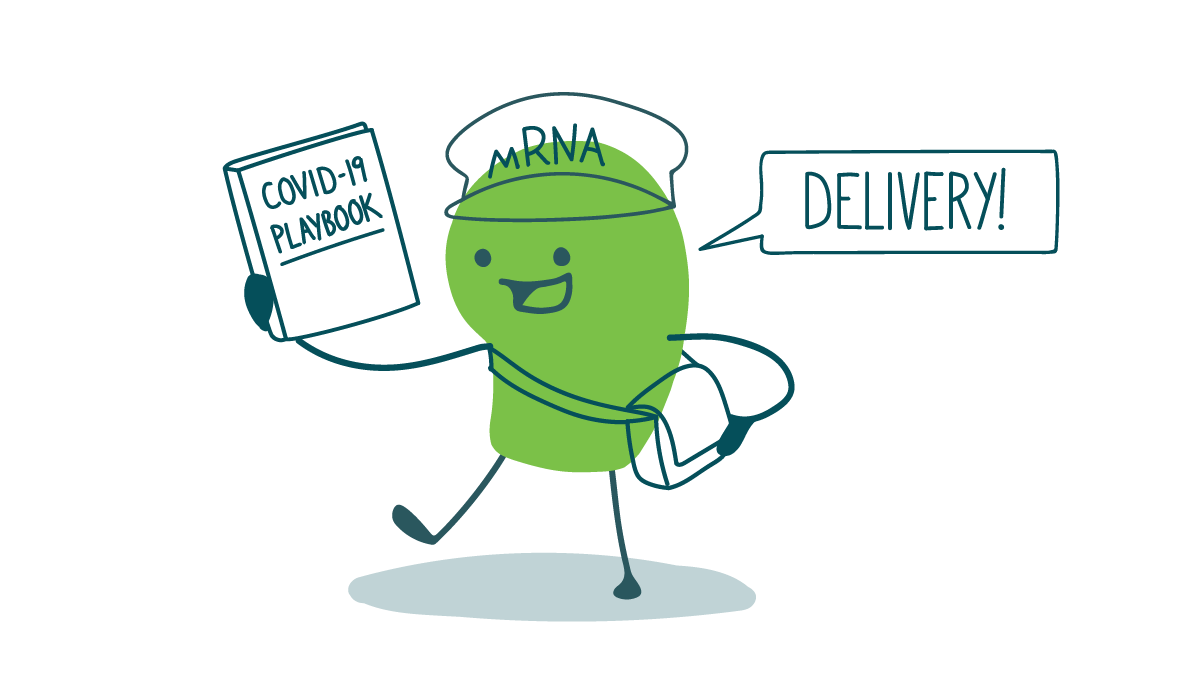
So much health communication these days is focused on a single all-important topic: COVID-19. In an emergency, run-of-the-mill health issues tend to take a backseat — and no wonder! When you’re consumed with worry about a life-threatening infectious disease, it’s hard to focus on, say, reducing your sodium intake.
But these less flashy preventive health steps are every bit as life-saving in the long run — and as the pandemic continues, health communicators need to start talking about them again. We’re still figuring out best practices, but for now, try these tips:
- Focus on immediate health benefits. Lowering long-term risk isn’t always the strongest motivator for behavior change — especially when people are faced with a short-term threat like a pandemic. Say you’re promoting physical activity. Instead of talking about how it lowers cancer risk, focus on how it can help people feel better right away. If people know that being active can quickly boost mood, ease stress, and improve sleep, they just might give it a try.
- Offer COVID-conscious adaptations. Advice to eat healthy and get active can seem insensitive or out of touch when people are locked down in small spaces, or when they’re having trouble accessing healthy foods. So offer tips that make sense for the current circumstances — like ways to get active without leaving the house or information about contact-free pickup at local food banks.
- Make (careful) connections to coronavirus. All the false “cures” for COVID-19 floating around the internet reveal a useful truth: lots of people will try anything to improve their chances of survival. And while we can’t offer a cure, we can take this unique opportunity to promote behaviors that improve the odds — like quitting smoking. The clear and present danger of coronavirus may be the motivation people need to finally make a change. So if there’s good evidence for a COVID-related health benefit, try making that connection.
- Help people prioritize preventive care. Many preventive health recommendations involve doctor visits, and people need guidance to get this care safely while social distancing. Tell people which types of preventive care, like childhood vaccines, need to happen on schedule. And urge people to talk with their doctors before postponing less urgent appointments, like annual physicals. There may be a safe way to get less urgent care on schedule, too — like shifting to telehealth visits.
- Lead with empathy and flexibility. Shame and blame are never good public health strategies, and that’s especially true in a global pandemic. First, acknowledge that even simple steps can feel really hard right now. Then encourage people to make small, manageable changes. Eat a vegetable. Go for a 5-minute walk. Get an extra half hour of sleep. Those are all wins! Help your audiences celebrate the small successes today — and build on them tomorrow.
The bottom line: Communicating about anything other than coronavirus is tough right now — but we can find ways to keep regular old preventive health behaviors in the conversation.
Browse recent posts


